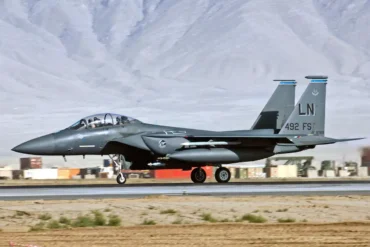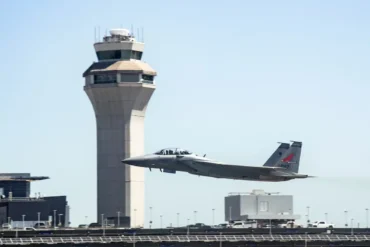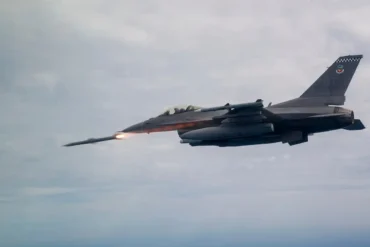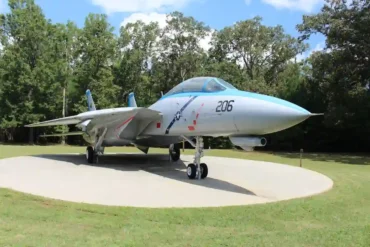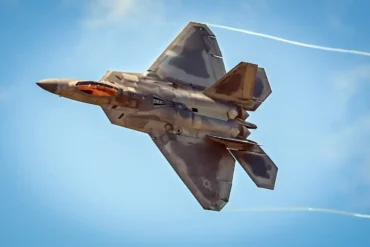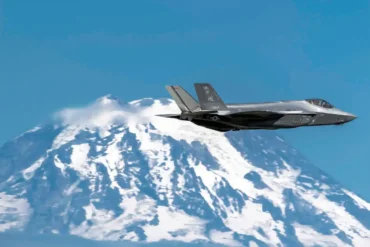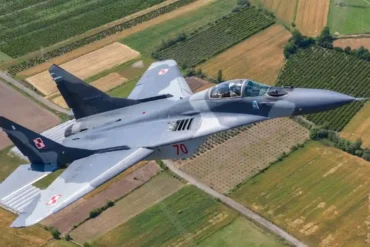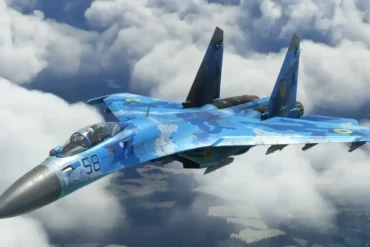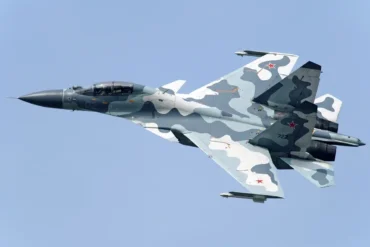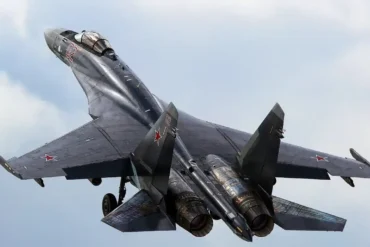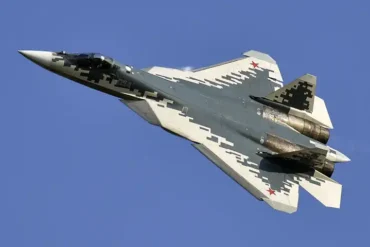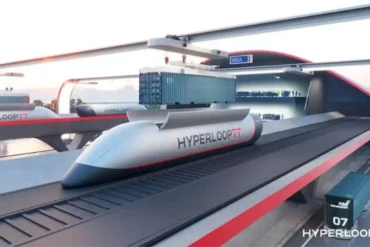The F-15C Eagle is a highly respected and formidable fighter jet in the history of aviation. One of its most intriguing features is its impressive top speed, which has made it a key player in air superiority missions worldwide. In this article, we will explore the top speed of the F-15C in various units, and delve deep into its overall performance, capabilities, and the underlying engineering that allows it to reach such high velocities.
F-15C Top Speed: A Quick Overview
The F-15C Eagle is capable of reaching speeds that push the boundaries of modern fighter jets. Here are the key speed metrics for this iconic aircraft:
- Mach 2.45
- 1,617 mph (1,405 knots)
- 2,602 km/h
These figures represent the maximum speed that the F-15C can achieve when it is operating at high altitudes, making full use of its afterburner. To further break it down:
- At sea level, the F-15C can achieve Mach 1.2, which is equivalent to 921 mph (1,482 km/h).
- For normal operational purposes, the aircraft typically cruises at 496 knots, or approximately 571 mph (919 km/h).
These remarkable speeds allow the F-15C to maintain superiority over adversaries in various air combat scenarios, offering a perfect combination of speed, maneuverability, and payload capacity.
Engineering Behind the F-15C’s Speed
The F-15C‘s remarkable top speed of Mach 2.45 can be attributed to its advanced engineering and powerplant, which includes:
- Two Pratt & Whitney F100-PW-220 afterburning turbofan engines: These engines provide a maximum thrust of 23,770 lbf (105.7 kN) with afterburner. Each engine produces 14,590 lbf (64.9 kN) of thrust in dry mode, allowing the F-15C to achieve incredible acceleration and high speeds at altitude.
- Aerodynamic Design: The aircraft’s design includes an optimized airfoil structure, which includes a root NACA 64A006.6 and a tip NACA 64A203. This provides the optimal balance between lift and drag, allowing the F-15C to sustain high speeds.
- Thrust-to-weight ratio: The F-15C has an excellent thrust-to-weight ratio of 1.07, which further enhances its ability to accelerate rapidly and reach supersonic speeds quickly. The thrust-to-weight ratio becomes even more impressive when the jet is carrying a lighter load or is at a higher altitude with reduced weight.
Performance and Capabilities of the F-15C
The F-15C is not just about speed; it is a complete air superiority platform with a well-rounded performance profile that allows it to excel in a variety of mission profiles.
Cruise and Combat Speed
While the F-15C’s top speed is its most eye-catching feature, its cruise speed and combat speed are also critical aspects of its operational efficiency. The F-15C is designed for long-range missions and rapid interception. The aircraft typically cruises at 496 knots (571 mph / 919 km/h), a speed that allows it to cover vast distances quickly without burning excessive fuel.
In combat, the aircraft operates with an efficient range and speed profile, allowing it to engage adversaries effectively. The combat range varies depending on the mission configuration but generally extends to:
- 586 nautical miles (674 miles / 1,085 km) for counterair missions with one external fuel tank.
- 470 nautical miles (540 miles / 870 km) for area intercept missions with 4× AIM-7 missiles and internal fuel.
- 1,061 nautical miles (1,221 miles / 1,965 km) when outfitted for interdiction missions with three external fuel tanks.
This balance between speed and range gives the F-15C an unparalleled advantage in many air combat scenarios.
Climb Rate and Service Ceiling
The F-15C‘s rate of climb is another impressive attribute. The aircraft can achieve a maximum climb rate of 67,050 feet per minute, or 340.6 m/s. This enables the aircraft to reach high altitudes rapidly, an essential feature for air superiority fighters that must operate above the enemy.
Speaking of altitude, the F-15C has a service ceiling of 65,000 feet (20,000 m). This high altitude allows the aircraft to operate well above most other aircraft, giving it a distinct advantage when engaging high-altitude targets or when trying to outmaneuver enemy aircraft at the extreme ends of the atmosphere.
The Role of Afterburners in Speed
One of the key contributors to the F-15C’s top speed is its use of afterburners. Afterburners are a crucial component of the engine design and help the aircraft achieve supersonic speeds.
How Afterburners Work
An afterburner is a secondary combustion component in the engine that increases the jet’s speed by injecting additional fuel into the exhaust stream. This allows the engine to produce additional thrust, which is essential when the aircraft is trying to reach high speeds or climb rapidly.
For the F-15C, the afterburning engines provide a significant boost in thrust. With afterburners activated, the jet can generate 23,770 lbf (105.7 kN) of thrust, which gives it the extra power needed to push past the Mach 2 threshold.
While afterburners are extremely efficient for speed, they do have some trade-offs. The extra fuel consumption, along with the increased heat and exhaust, means that the aircraft can’t sustain high-speed afterburner use indefinitely. However, when required for high-speed interception or escape, the F-15C is more than capable of handling these demands.
The Importance of Wing Design and Aerodynamics
The aerodynamics of the F-15C is another crucial factor contributing to its high-speed capabilities. The aircraft’s wings are specifically designed to maximize speed while maintaining maneuverability at high altitudes. The F-15C’s wingspan of 42 feet 10 inches (13.06 meters) is optimized for both lift and stability during supersonic flight.
Additionally, the aircraft’s wing area of 608 square feet (56.5 m²) is designed to manage airflow efficiently, reducing drag while maximizing lift. This allows the F-15C to maintain high speeds without sacrificing performance in turns or evasive maneuvers. The wing loading of 73.1 lb/sq ft (357 kg/m²) further enhances the aircraft’s performance by balancing weight distribution and aerodynamic forces.
Versatility: Combining Speed with Payload
While the F-15C excels in speed, it is also a versatile aircraft capable of carrying a wide range of weaponry and external tanks for extended missions. Its fuel capacity of 13,455 lb (6,103 kg) internally, or up to 25,350 lb (11,500 kg) with external tanks, makes it a reliable option for both short-range and long-range missions.
The combination of speed and payload allows the F-15C to engage in various mission profiles, from quick-response air patrols to long-range interdiction missions, without compromising its high-speed capabilities.
Conclusion
The F-15C Eagle is an outstanding aircraft, designed for speed, agility, and dominance in the air. With a maximum speed of Mach 2.45, or approximately 1,617 mph (2,602 km/h) at high altitude, it stands as one of the most powerful fighter jets in history. Its impressive engine thrust, aerodynamic design, and use of afterburners allow it to achieve these high velocities while maintaining exceptional maneuverability and combat effectiveness.
In addition to its high-speed capabilities, the F-15C offers a comprehensive performance profile that includes high-altitude operations, excellent fuel range, and the ability to carry substantial weapon loads. Whether intercepting enemy aircraft or engaging in long-range combat missions, the F-15C remains one of the most formidable assets in modern air forces worldwide.



